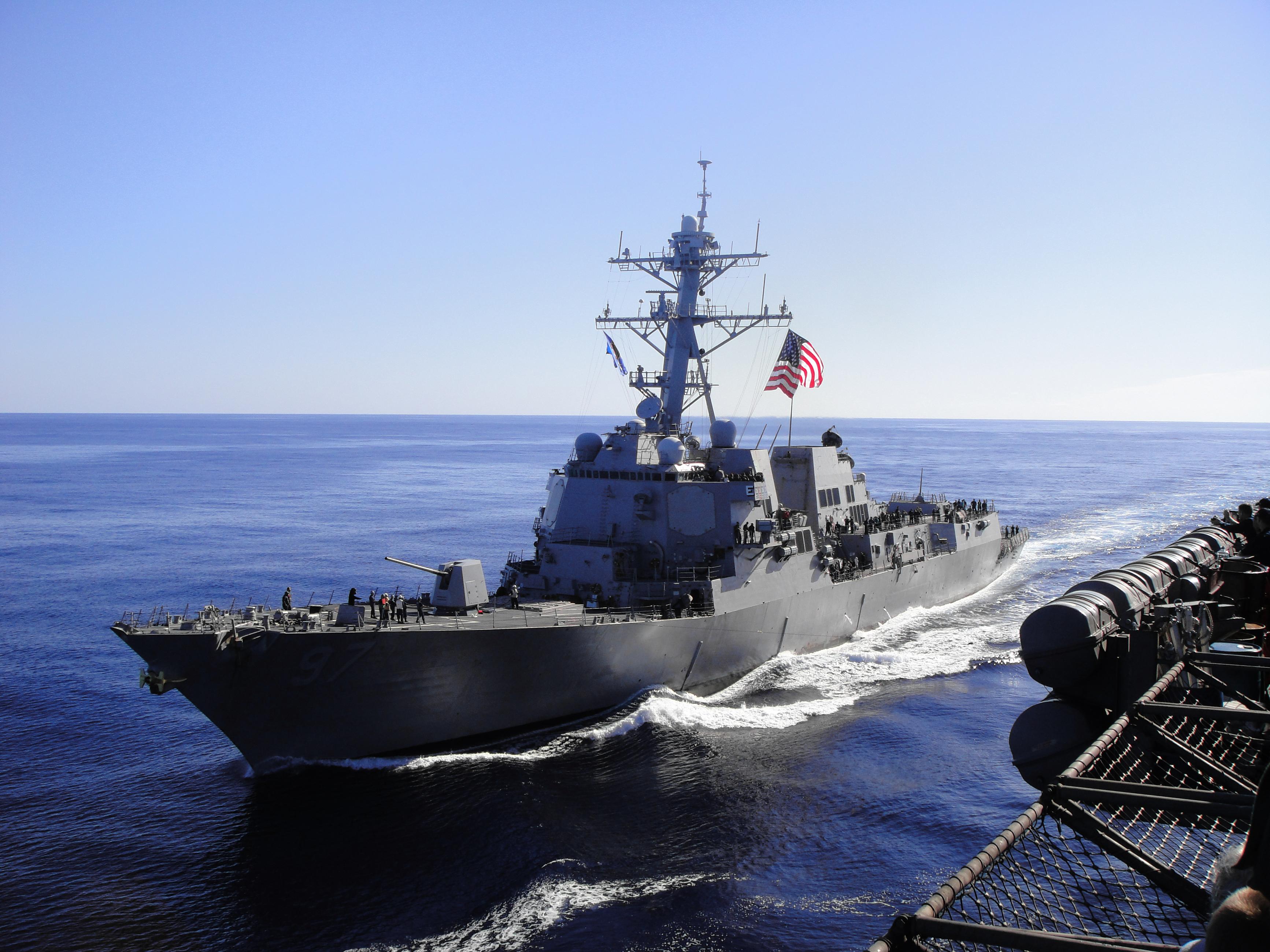US Ammunition, Weapons for war, Iran-Israel
$4.3 Million Per Unit: The American Missile That Could Alter the Power Dynamics Against Iran
The U.S. Navy has introduced a missile with a range of up to 500 kilometers that can strike without engaging enemy air defense systems. This missile, deployed on aircraft carriers in the Middle East, has the potential to influence regional conflicts and address Israel's security challenges.

In July, Australia's "60 Minutes" featured footage of an F-18 fighter jet taking off from an aircraft carrier in Southeast Asia. While the scene seemed routine, military analysts quickly spotted a new missile mounted under the jet's wings. This missile, described as a "game-changer" for U.S. military capabilities, is capable of the longest-range strikes ever achieved by an American aircraft—up to 500 kilometers—while avoiding enemy air defenses, according to channel 12 reports.
The AIM-174B missile is currently deployable only from F-18 Super Hornet aircraft, which are part of the U.S. Navy's fleet and are not used by the Israeli Air Force. The missile was officially disclosed by the U.S. Navy during training exercises in the southern seas, as part of preparations for a potential major conflict with China. The recent arrival of the USS Abraham Lincoln in the Middle East may signal the deployment of F-18s equipped with these long-range missiles, potentially enabling strikes deep into Iran. These missiles could target incoming missiles, American naval vessels, Iranian aircraft, military bases, and strategic facilities.
**AIM-174B - Air-to-Air Missile**
- **Maximum Speed:** 4,287 km/h
- **Warhead:** 64 kg
- **Range:** 500 km
- **Operational:** Yes
- **Manufacturer:** Raytheon
- **Price Per Unit:** $4.3 million
The new missile is based on the SM-6, which is already used by the U.S. Navy on combat ships and destroyers. The SM-6, produced by Raytheon, has been successfully tested against Houthi missiles and has a range of about 300 kilometers. The U.S. Navy uses it to intercept drones and ballistic missiles targeting American ships in the Red Sea. Adapting this missile for fighter jets enables it to reach deep into enemy territory. Each AIM-174B missile weighs 1.6 tons and costs up to $4.3 million, according to *National Interest* magazine.
From the American perspective, this missile marks a significant shift in the balance of power against China, which is reportedly developing similar long-range missiles. Such missiles could theoretically threaten U.S. positions in the Pacific, including Guam, Midway, and the Philippines, by being launched from Chinese aircraft from hundreds of kilometers away, avoiding American air defenses. This advancement represents a substantial upgrade over older U.S. missiles like the AIM-54C, which had a range of 184 kilometers and is no longer in use, and the AIM-120D, which reaches only 177 kilometers.
Before this missile's introduction, the U.S. was relatively disadvantaged. While the latest American missile had a range of 177 kilometers, Chinese missiles, such as the 250-kilogram variant, could reach up to 300 kilometers, with newer models like the PL-17 extending to 400 kilometers.
A major advantage of the AIM-174B is its ability to strike targets without requiring radar lock from the launching aircraft. It can be part of a coordinated launch system, with precise guidance from a control center. Its target can be updated mid-flight, relying on its internal radar for final targeting. Although F-35s cannot carry these missiles, they can relay target data to F-18s, which then launch the advanced missiles.
Besides these air-to-air missiles, the U.S. also has Tomahawk cruise missiles with a range of up to 2,500 kilometers. However, these missiles are slower and can be intercepted by air defense systems.
In Israel, long-range strikes are typically carried out by fighter jets approaching the target area or by Arrow missiles. For instance, on Sunday, the IDF launched approximately 4,000 bombs on launch sites in southern Lebanon. Similarly, the bombing of the Hodeidah port in Yemen required an 1,800-kilometer flight and aerial refueling.
Israel Aerospace Industries has recently introduced the Air LORA missiles, designed for long-range strikes from F-16s and bombers, but these are not yet operational in the Air Force. Professor Shaul Chorev, former Deputy Chief of the Navy and current head of the Institute for Policy and Strategy at the National Institute for Blue Economy in Haifa, states, "The capability to launch missiles over hundreds of kilometers can protect airfields from bombings and reduce the need for long-distance fighter aircraft missions, as demonstrated in the Hodeidah port attack."
Chorev stresses the importance of establishing a long-range missile unit, similar to the missile force supported by figures like Moshe Arens, Israel Tal, and Yuval Steinitz.
This article was originally published in *Globes*.